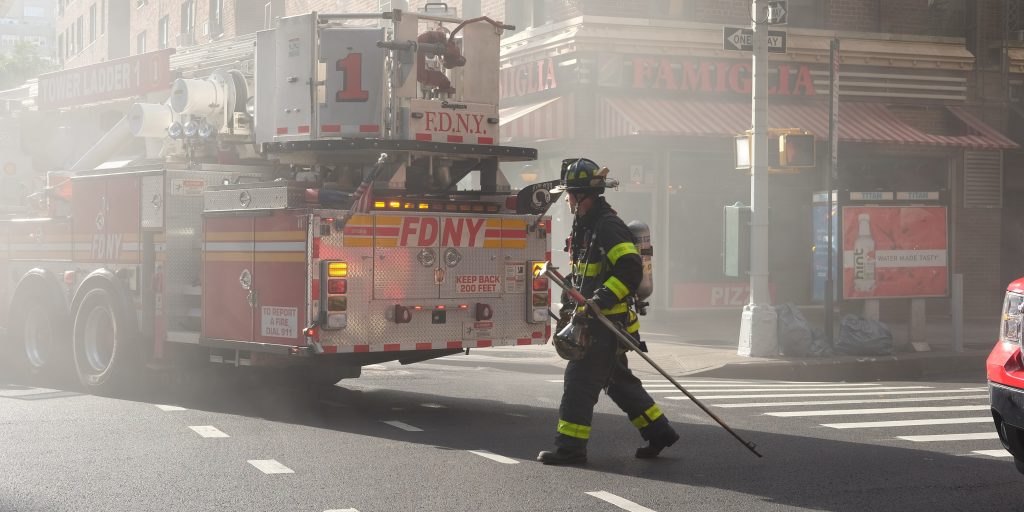How technology is unlocking the future of firefighting and public safety
When you think about how technology is enabling remote government work, what comes to mind? Online city council meetings, or enhanced portals for renewing your driver’s license or paying taxes? What about firefighting?
While most emergency responders cannot work fully remote due to the nature of their job, they can access the same benefits of unified collaboration tools to quickly connect with stations and seamlessly communicate with other first responders. Implementing this technology not only slows the spread of COVID-19 and decreases the amount of time required to hold meetings across teams, stations and departments, it also provides real-time situational awareness for intelligent and efficient fire management and fighting – all through a safe and secure platform.
We’ve all been relying on technology to conduct various forms of remote working. As more fire departments come online, city, county and state governments can support public safety and emergency services by helping emergency responders adopt new collaboration solutions.
Video Meetings Speed Access to Information
Henderson Fire Department, located outside of Las Vegas, has adopted collaboration tools to support its day-to-day communications and response efforts. The department has been able to save time and money and keep its teams more efficiently informed and trained by using new communication technologies. Instead of planning trips to each of its 11 stations to meet with employees, Deputy Fire Chief Scott Viver has started holding trainings and all-hands meetings at the beginning of each month via video conference to bring teams up to date on the latest happenings. Previously, it would take him up to two months to meet with each station.
The department has also started working with their police and EMS partners on the platform so that teams can immediately debrief after responding to an incident. Previously, they all needed to schedule time to meet in person post-incident so connecting on a video call allows each team to be back out in service more quickly and helps them reduce potential COVID exposure. Employees can setup secure separate team chat spaces so that everyone can stay connected on different issues, share materials and have an ongoing log of their conversations to help improve connections and collaboration across teams and departments.
Innovative New Ways to Improve Incident Response & Safety
Firefighters and other emergency response teams have started pairing the collaboration tools with drones to share real-time video of the incidents they’re responding to. The video can be sent to the team’s mobile devices or other laptops though the platform which helps first responders approach the situation with the most up-to-date information to help keep themselves, colleagues and the communities they serve safe. This technique can be used in a variety of scenarios including fighting fires or monitoring city events. After an event the video can be saved so that teams can analyze the incident and their response to improve their training and protocols so that responders can continue improving their operations.
Another potential benefit of using these technologies in pandemic response is contact tracing and keeping employees up to date on the latest safety information and precautions from the Centers for Disease Control and Prevention and other government organizations. If an employee is exposed or tests positive for COVID-19, then a separate team space can be setup to keep leaders updated on who they came into contact with, test results and their recovery so that the department can plan how to reallocate resources and notify those potentially exposed to prevent further spread of the virus.
As government agencies look for new solutions for supporting their public safety and emergency service departments during these times, adopting video conferencing tools can help teams stay better connected and innovate the ways that they respond to incidents and support their communities. These tools can help employees connect in real-time at a distance and receive the information that they need to succeed in a timely manner so that they can be back in service much faster to help keep everyone safe.
Craig Coale is Senior Public Safety and Defense Advisor for Cisco’s U.S. Public Sector practice. He leads solution development and advises the U.S. Department of Defense, Federal/State/Municipal agencies on the applications of technology for public safety.




















